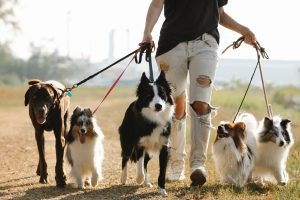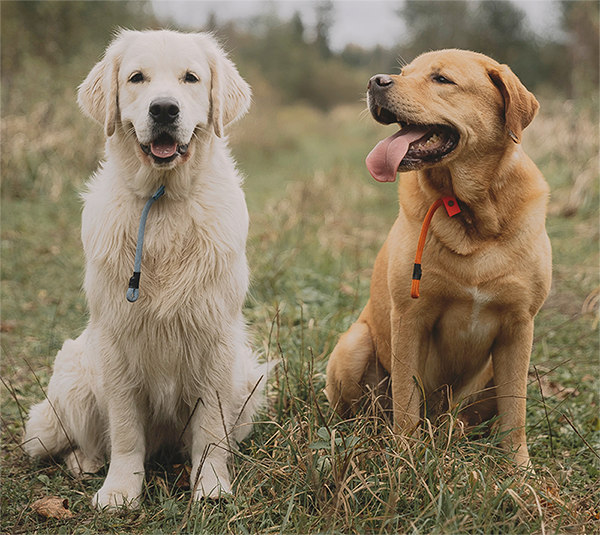Keeping your dog healthy isn’t just about regular meals and vet visits—it’s also about keeping them safe and easily identifiable with the right pet ID tags or even a fun pet driver’s license.
1. Fueling Health: A Balanced Diet for Dogs
Start with the basics: a nutritious, well-balanced diet tailored to your dog’s age, breed, and activity level. Your vet can recommend the best food options that support immunity, coat health, and energy.
2. Hydration is Key
Just like humans, dogs need clean, fresh water available throughout the day to stay hydrated and healthy.
3. Regular Vet Checkups
Schedule consistent veterinary visits for wellness exams, vaccinations, and preventive care. Early detection of health issues keeps your dog healthy longer.
4. Preventing Fleas, Ticks & Worms
Protect your furry friend from parasites using vet-approved flea, tick, and worm prevention treatments.
5. Daily Exercise for a Happy Pup
Whether it’s a walk in the park or a game of fetch, daily physical activity supports your dog’s mental and physical well-being.
6. Grooming Essentials
Maintain your dog’s coat with regular brushing, baths, and nail trimming. Grooming not only keeps your pet clean but also helps spot early signs of skin issues.
7. Dental Care = Long-Term Health
Dental hygiene matters. Use dog-friendly toothbrushes or dental treats to prevent gum disease and keep those tails wagging.
8. Safety at Home
Dog-proof your home by securing fences, removing toxic items, and providing a comfortable living space.
9. Benefits of Spaying/Neutering
Spaying or neutering your dog can reduce the risk of certain cancers and prevent unwanted behaviors like roaming.
10. Watch for Behavioral Changes
Stay alert to sudden changes in behavior, appetite, or bathroom habits—these can be early warning signs of illness.
11. Socialization is Key
Introduce your dog to new people and pets early on. Socialized dogs are more confident, less anxious, and behave better in public.
12. Don’t Forget Identification – Pet Tags Save Lives
Every dog should wear a collar with a pet ID tag that includes your contact info. For extra safety (and a fun twist), consider getting your pup a custom pet driver’s license tag from MyPetDMV. These unique pet identification cards make it easier for your dog to be returned safely if lost—and they’re a fun conversation starter too!








